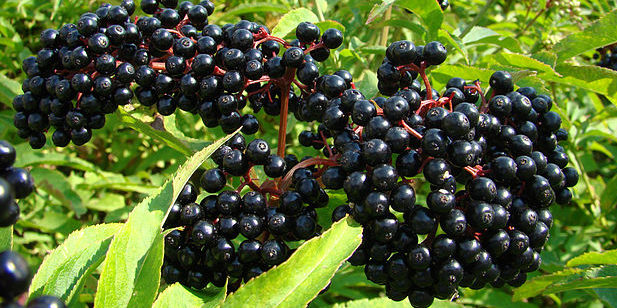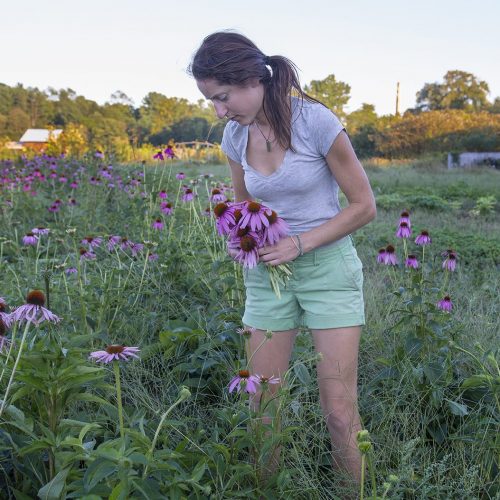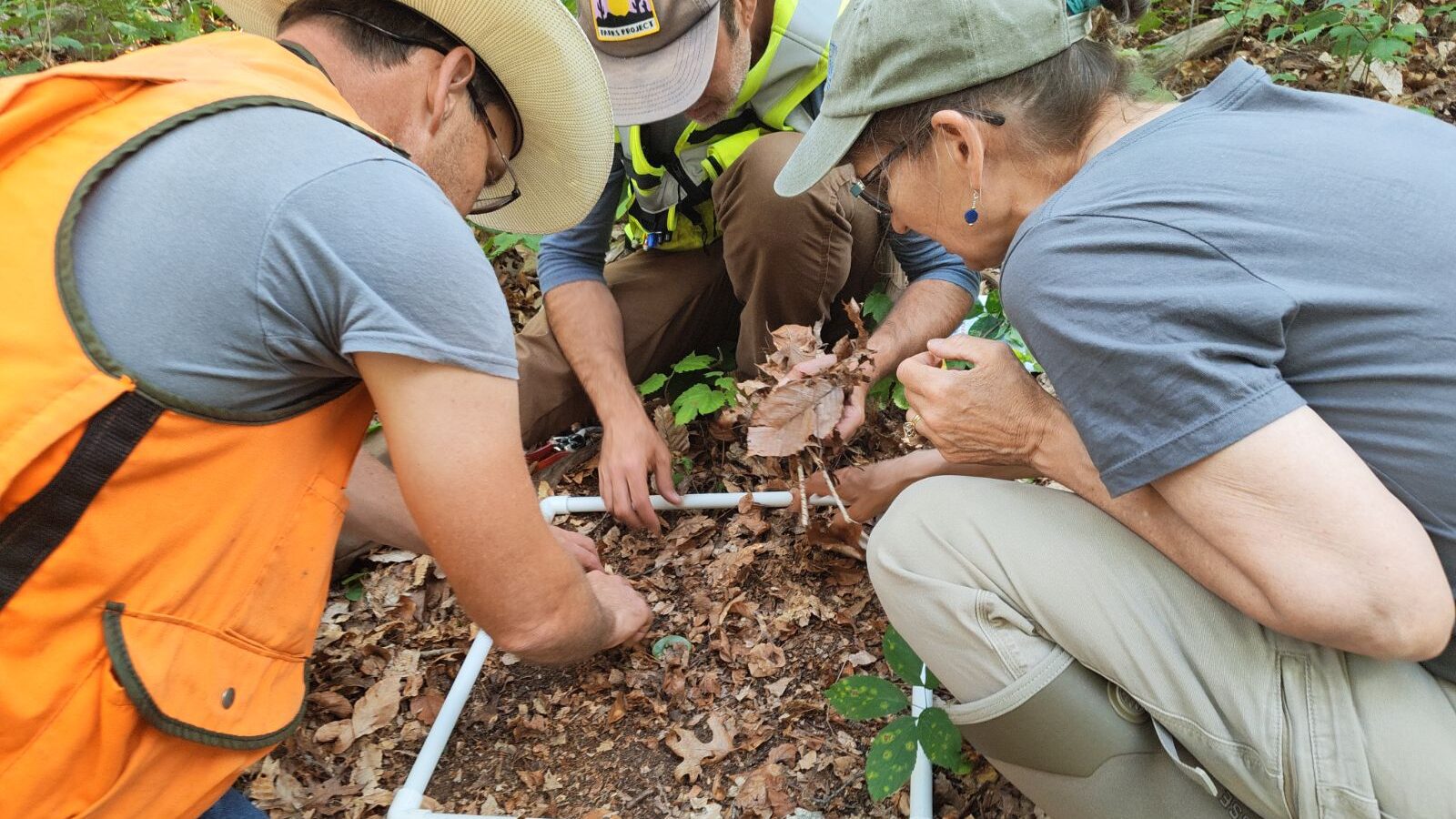
SARE Partnership Grant!
We are very pleased to announce that, in collaboration with Grow Food Northampton and Sawmill Herb Farm, Regenerative Design Group has been awarded a $15,000 SARE Partnership Grant! We will use this money to establish an orchard of nearly 400 elderberry bushes along the Mill River in Florence this year. If you follow our work, you know that this project is something we’ve been excited about for awhile. We hope this is the first step in co-creating a robust and resilient model of Productive Conservation in our region.
The short term goal of this planting is to determine the most successful method of planting an elderberry orchard in an existing crop field or pasture. Specifically, our intent is to find a cheap and easy weed control method that will not over-burden a farmer. In order to determine this method we will:
+ Till a section of riverside field. Allow the native weeds to germinate and till again in a process known as “stalebedding.” This will help deplete the weed seed bank, and give the elderberries a head start.
+ Plant rooted elderberry cuttings in evenly spaced rows in a pattern that controls for variations of microclimate in the field. All other variables (irrigation, fertilization, location in field, solar exposure, etc) will also be controlled across the experiment.
+ In various rows, apply one of four cover cropping methods. The first will be a low-growing, perennial clover mix intended to smother weeds and fix nitrogen in the soil without competing against the elders. The second will be an “herbal groundcover” mix designed by Susan Pincus at Sawmill Herb Farm to smother weeds while also providing some economic yield for the farm. The third method will use a mix of perennial grasses to create a high-competition condition for the elderberries, while providing persistent soil coverage for erosion control. The final treatment will be a plant-based plastic mulch. It will likely provide the most protection from weeds, but also involves significant embedded energy in its fabrication.

Each of these cover crops will subsequently be subject to four different maintenance regimes, which involve hand cultivation, mowing, bio-plastic, or sheer neglect. The final approach, neglect, does nothing to manage competition from weeds or living mulches and will provide a realistic understanding of what will happen if a farmer is having a busy season and is unable to attend to the elder plantings.
Each method has its advantages and costs, and we are excited to see them play out across multiple growing seasons. As ecological designers and farmers, we are searching for tools and techniques that will build resilience into our landscapes and agricultural economy. Affirming elderberries as an economically viable crop in marginal farmland is one step towards making our local agriculture more perennial, and more resilient.
This material is based upon work supported by Sustainable Agriculture Research and Education in the National Institute of Food and Agriculture, U.S. Department of Agriculture, under Award No.2017-38640-26915. Any opinions, findings, conclusions, or recommendations expressed in this publication are those of the author(s) and do not necessarily reflect the view of the U.S. Department of Agriculture.



Comments (0)